7 Best Herbal Creams For Dry Skin
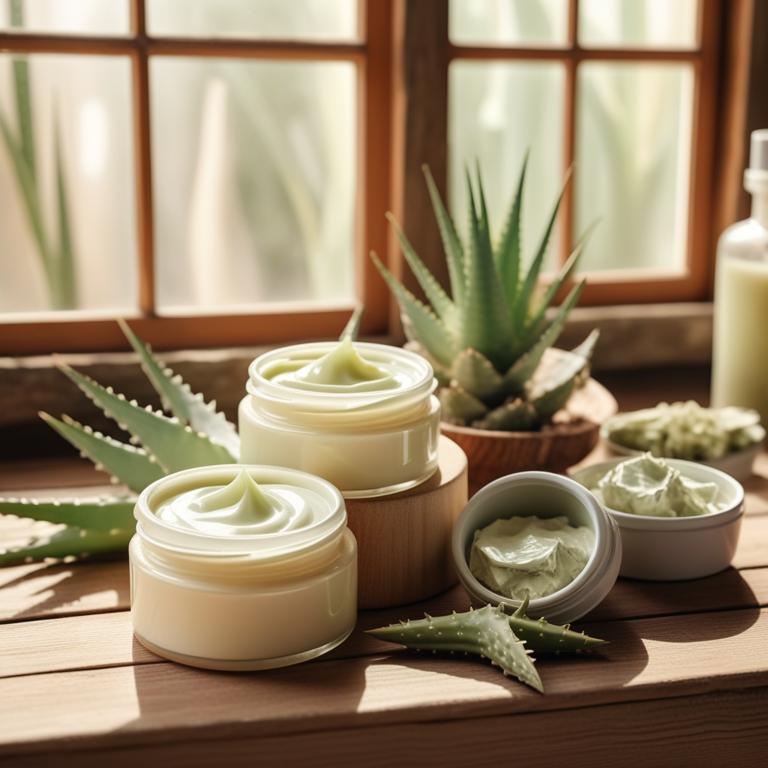
Herbal creams for dry skin are topical products infused with plant-based extracts and oils that help to soothe, moisturize, and protect dry skin.
These creams offer numerous benefits, including providing long-lasting hydration, reducing inflammation, and promoting skin elasticity, making them an excellent solution for individuals suffering from dry skin.
Examples of herbal creams for dry skin include Aloe vera cream, which provides intense hydration and anti-inflammatory properties, Chamomile cream, which calms and soothes dry skin, and Tea tree oil cream, which has antimicrobial properties to combat skin infections.
Additionally, other herbal creams, such as Coconut oil cream, Olive oil cream, and Shea butter cream, are also effective in treating dry skin due to their rich moisturizing and nourishing properties.
According to "Vojnosanitetski pregled", creams for dry skin that contain ingredients such as plant stem cells, squalene, and a natural alkyl polyglucoside emulsifier may be effective in providing hydration and reducing dryness.
Below there's a list of the 7 best herbal creams for dry skin.
- 1. Aloe vera creams
- 2. Calendula officinalis creams
- 3. Melaleuca alternifolia creams
- 4. Glycyrrhiza glabra creams
- 5. Chamomilla recutita creams
- 6. Symphytum officinale creams
- 7. Lavandula angustifolia creams
Also you may be interested in...
TODAY'S FREE BOUNDLE
Herb Drying Checklist + Herbal Tea Shopping List + Medicinal Herbs Flashcards
Enter you best email address below to receive this bundle (3 product valued $19.95) for FREE + exclusive access to The Aphotecary Letter.
$19.95 -> $0.00
1. Aloe vera creams
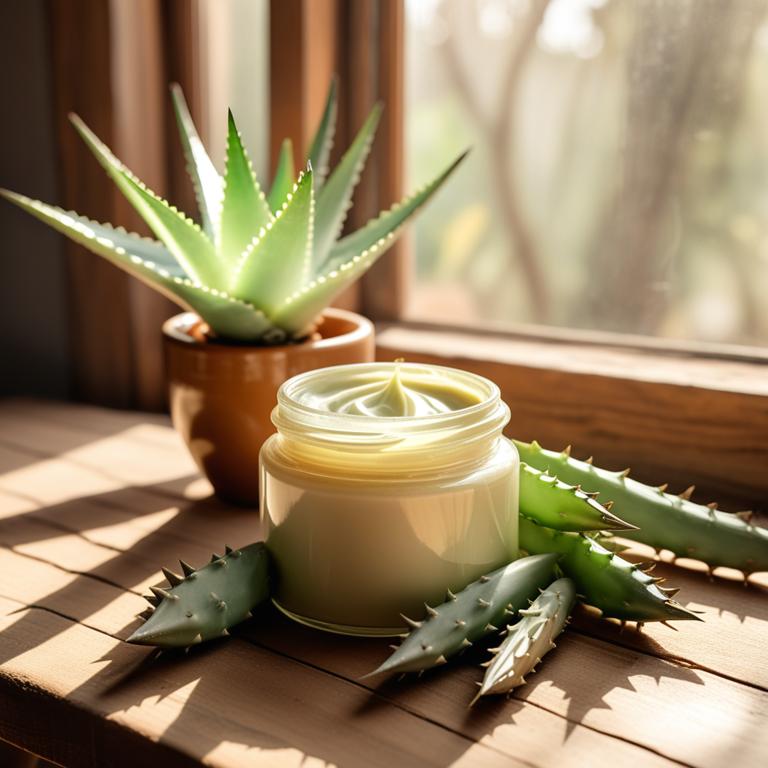
Aloe vera creams are widely used to treat dry skin ailments due to their soothing and moisturizing properties, which help to calm and hydrate the skin.
The gel-like texture of aloe vera creams is rich in bioactive constituents such as vitamins A, C, and E, as well as amino acids and minerals, that work together to provide essential nutrients and hydration to dry skin.
These bioactive constituents, particularly aloin and aloe-emodin, have anti-inflammatory and antioxidant properties that help to reduce redness and irritation, promoting healthy skin regeneration and healing.
Regular use of aloe vera creams can provide numerous benefits, including improved skin elasticity, reduced dryness and itchiness, and a more even skin tone, making it an effective and natural solution for treating dry skin ailments.
Related Study
According to "Journal of ethnopharmacology", Aloe vera creams for dry skin may be beneficial due to the presence of Aloe vera gel, which has been shown to promote faster wound healing and exhibit negligible toxicity, suggesting potential for soothing and healing dry skin.
2. Calendula officinalis creams

Calendula officinalis creams are a popular herbal preparation used to treat dry skin ailments such as eczema, dermatitis, and psoriasis.
The anti-inflammatory and antimicrobial properties of this herbal preparation help to soothe and calm irritated skin, reducing redness and discomfort.
The bioactive constituents, including triterpenoids and flavonoids, in Calendula officinalis creams have been shown to promote wound healing, reduce inflammation, and improve skin elasticity, making it an effective treatment for dry skin ailments.
The benefits of using Calendula officinalis creams include reduced itching and discomfort, improved skin hydration, and a faster recovery time, making it a natural and effective alternative to conventional treatments.
Related Study
According to the study, Calendula officinalis creams for dry skin have a dermatologic importance of 57.78 on a scale of 100.
3. Melaleuca alternifolia creams
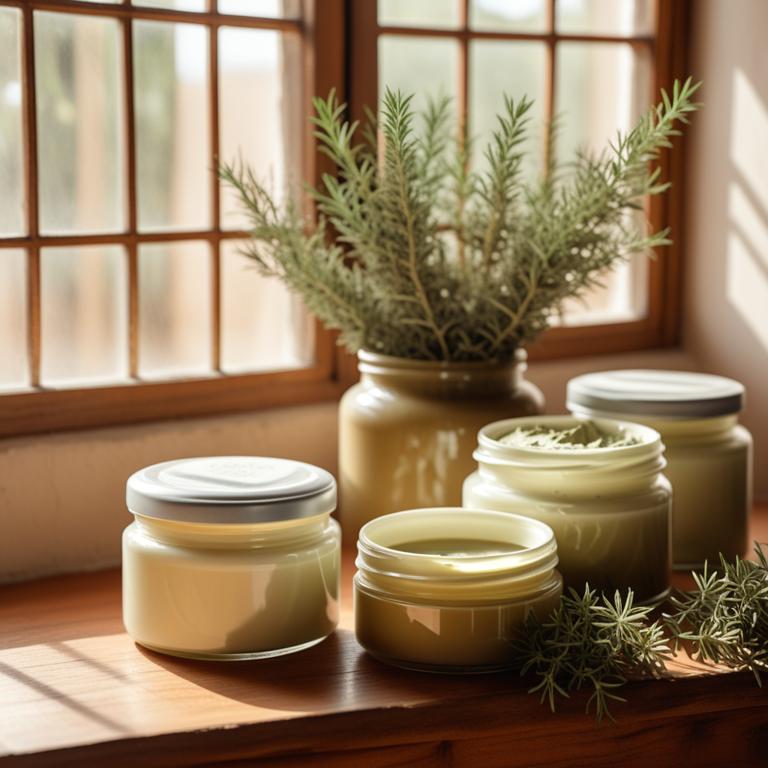
Melaleuca alternifolia creams, derived from the Australian tea tree, are a popular herbal preparation used to treat dry skin ailments due to their antiseptic, anti-inflammatory, and moisturizing properties.
The bioactive constituents, including cymene, limonene, and cineole, help to soothe and calm dry skin, reducing irritation and discomfort.
By providing a protective barrier on the skin's surface and promoting healthy skin cell regeneration, Melaleuca alternifolia creams effectively treat dry skin ailments, such as eczema and dermatitis.
The benefits of using these creams include improved skin hydration, reduced inflammation, and a decrease in the severity of symptoms, making them a valuable natural remedy for dry skin sufferers.
4. Glycyrrhiza glabra creams
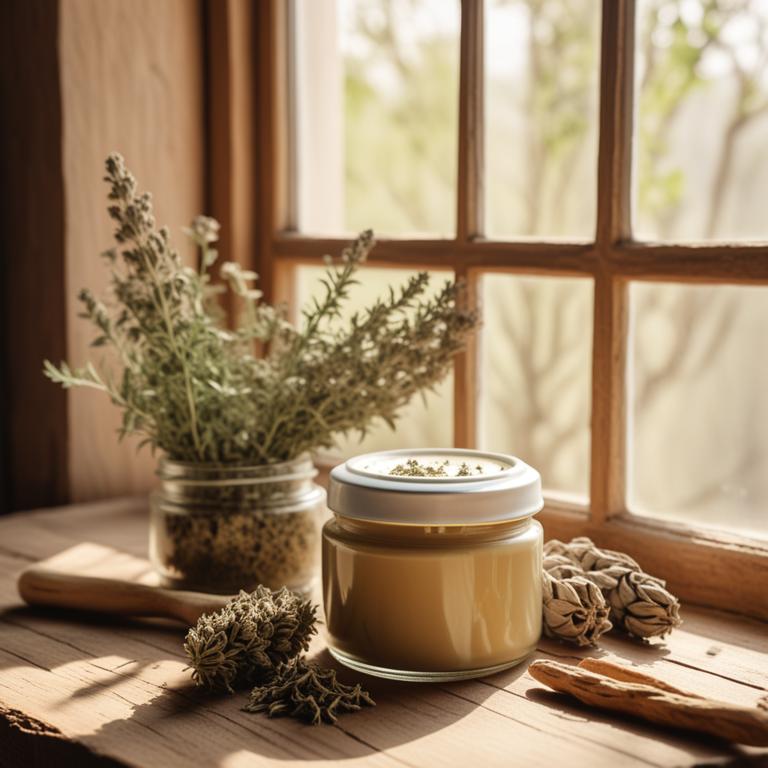
Glycyrrhiza glabra creams, derived from the licorice root, have been traditionally used to treat dry skin ailments due to their moisturizing and anti-inflammatory properties.
The creams help to treat dry skin by providing intense hydration, soothing irritation, and promoting skin elasticity.
The bioactive constituents, such as glycyrrhizin and flavonoids, in Glycyrrhiza glabra creams have been found to have antioxidant and anti-inflammatory effects, which aid in reducing skin dryness and promoting skin health.
The benefits of using Glycyrrhiza glabra creams include improved skin hydration, reduced inflammation, and a soothing effect on dry and irritated skin.
5. Chamomilla recutita creams
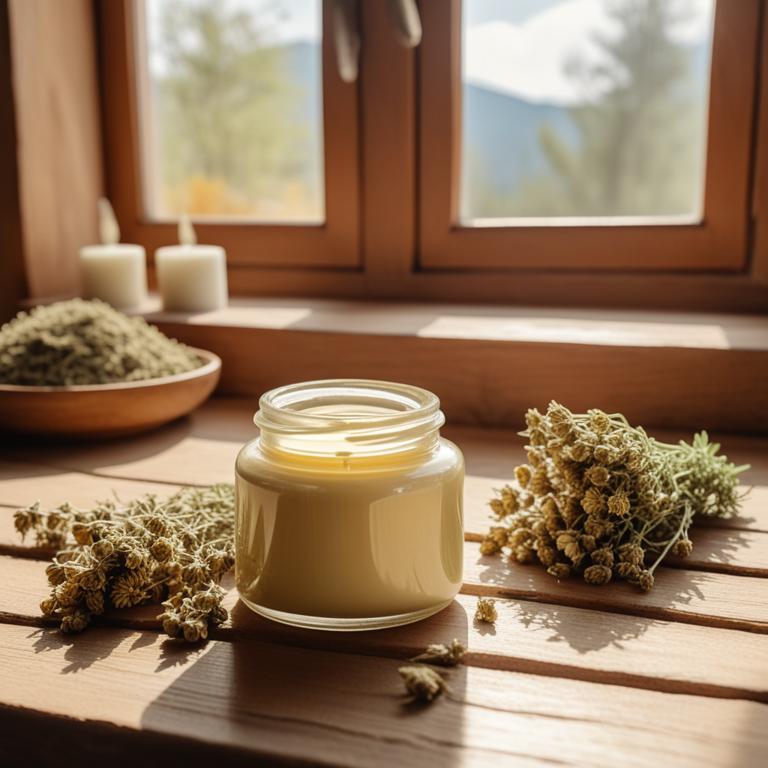
Chamomilla recutita creams are a popular herbal preparation used to treat dry skin ailments, such as eczema and psoriasis.
These creams help to soothe and calm irritated skin, reducing inflammation and promoting healing due to their anti-inflammatory properties, which are attributed to the presence of flavonoids and sesquiterpenes.
The bioactive constituents of Chamomilla recutita, including apigenin and luteolin, have been shown to inhibit the production of pro-inflammatory cytokines, thereby helping to reduce redness and itching associated with dry skin.
By using Chamomilla recutita creams, individuals can benefit from their moisturizing and anti-inflammatory effects, leading to improved skin hydration, reduced discomfort, and enhanced overall skin health.
Related Study
According to the "Journal of ethnopharmacology", Chamomilla recutita creams for dry skin may be beneficial due to the aqueous extracts from Matricaria recutita L. demonstrating the ability to stimulate keratinocyte growth up to 120% in concentrations of 25 µg/mL and 50 µg/mL.
6. Symphytum officinale creams
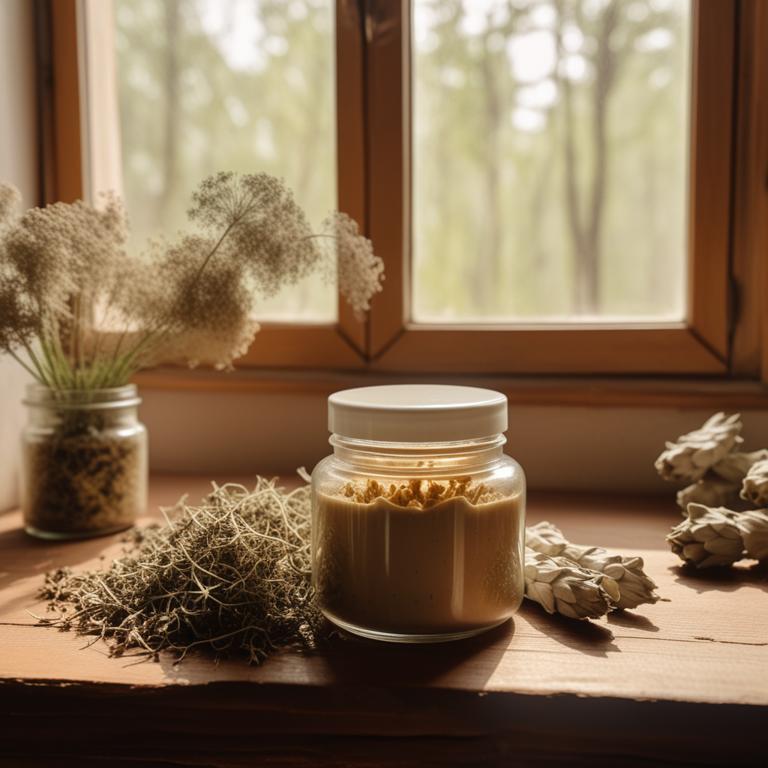
Symphytum officinale creams are a popular herbal remedy used to treat the dry skin ailment of eczema, characterized by inflammation, itching, and skin thickening.
This cream's anti-inflammatory and moisturizing properties help to soothe and calm the skin, reducing redness and irritation.
The bioactive constituents of Symphytum officinale, including allantoin and mucilages, contribute to its therapeutic effects by promoting skin hydration, reducing inflammation, and protecting the skin from damage.
The benefits of using Symphytum officinale creams to treat eczema include improved skin hydration, reduced inflammation and itching, and enhanced skin elasticity, making it a valuable natural remedy for managing this condition.
Related Study
According to "Chemistry & biodiversity", Symphytum officinale creams for dry skin have healing properties that have been documented in ethnobotanical studies and scientific studies, and have been found to be effective in wound healing.
7. Lavandula angustifolia creams

Lavandula angustifolia creams, derived from the flowers of the lavender plant, have been traditionally used to treat dry skin ailments due to their soothing and moisturizing properties.
The bioactive constituents, including linalool and linalyl acetate, exhibit anti-inflammatory and antioxidant activities, helping to calm and protect the skin.
By reducing inflammation and promoting skin hydration, these creams can effectively alleviate dry skin symptoms, providing relief from itchiness and discomfort.
The benefits of using Lavandula angustifolia creams for dry skin include improved skin elasticity, reduced irritation, and a overall improvement in skin health.